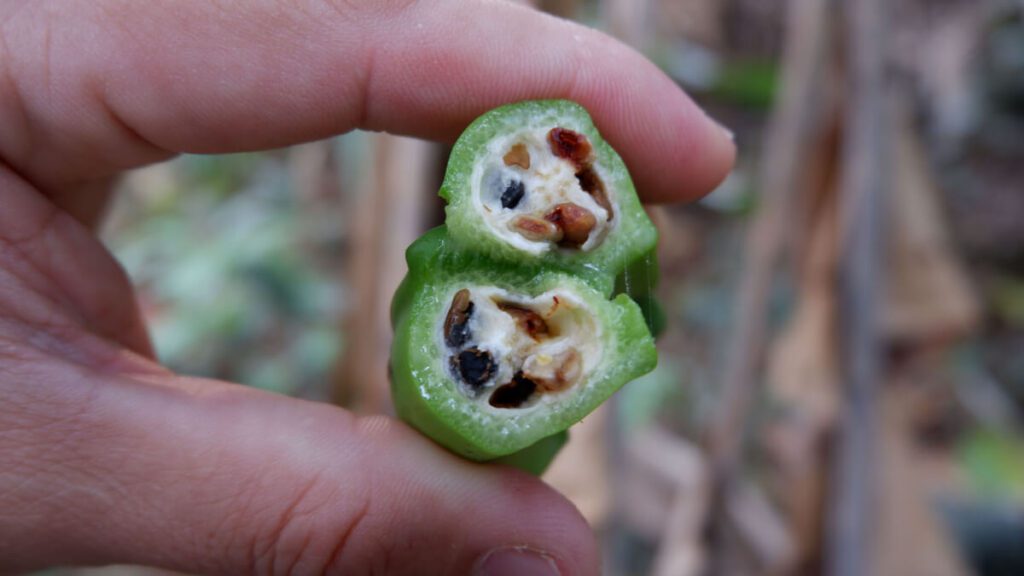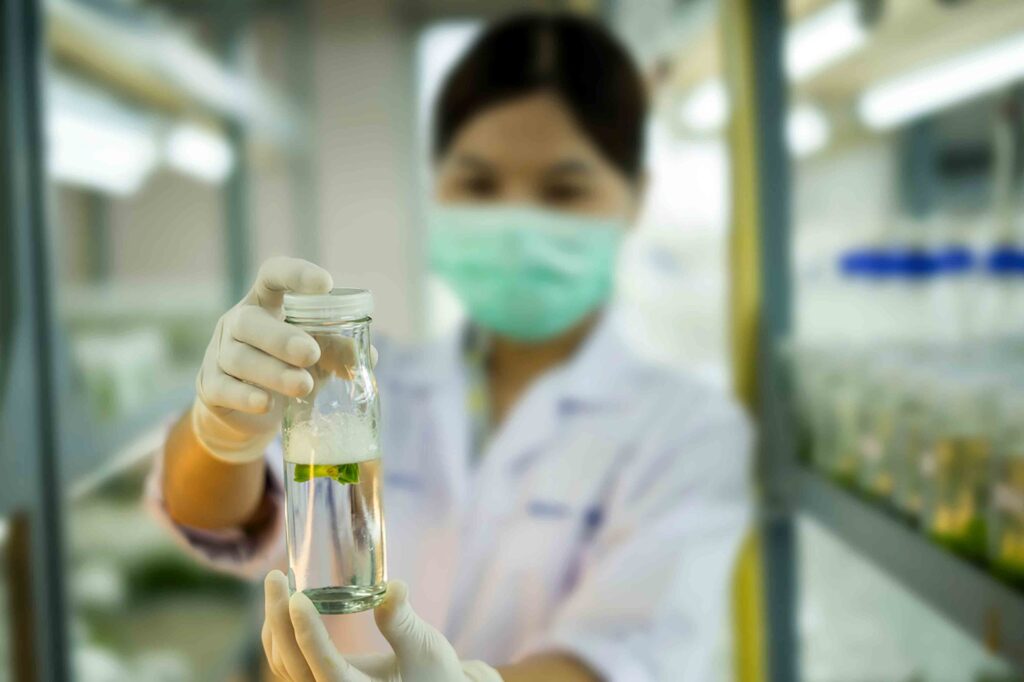
Food security is the one thing at the center of societal stability. Our entire species would not be where it is now if not for past advancements in food production that allowed societies to shift their attention to other aspects of life like art, technology, and education.
In our world with a population of around 7.8 billion, with experts forecasting it to reach 9 billion by 2050, simply cultivating more land will not cut it.
Food scientists, farmers, and agricultural biotechnology experts are diving deep into genetic manipulation of plants to not only increase the yield, but the quality and nutritiousness of the plants in question. Furthermore, many genetically modified organisms (GMOs), are made to grow bigger and faster while using less water.
Selective breeding of plants with preferred features, such as a juicier tomato, a more plumb potato, or a larger watermelon, is nothing new. Wild bananas are unrecognizable abominations that should never go near a human mouth compared to store bought fruits we know now. Trigger warning ahead.
Selective breeding of plants with preferred features, such as a juicier tomato, a more plumb potato, or a larger watermelon, is nothing new. Wild bananas are unrecognizable abominations that should never go near a human mouth compared to store bought fruits we know now. Trigger warning ahead.

This is, however, only one form of early agricultural biotechnology if you can even call it that.
In this case, we’re talking about gene editing.
Scientists have taken genes from bacteria, viruses, animals, insects, and even humans to improve and add new qualities to plant-based foods. This process is called Transgenics, where it is used to give plant resistance to certain diseases and viruses.
Using advanced agricultural biotechnology not only breeds certain genes of plants but improves the use of resources and techniques surrounding food production as a whole.
An example of this can be seen through a species of apples have been modified to have anti-browning characteristics, reducing food waste, and accentuate the flavor.

Crops that are genetically modified to be pest-resistant decreasing the need for pesticides, both enriching the quality of the crop soil, avoiding water pollution, and saving farmers money. Other plants are made to be weed resistant, while other plants are made to tolerate salt water.
This one is a game changer considering that 70 percent of the world’s fresh water is used for agriculture. Water and food security are intrinsically tied in this sense.
Imagine being able to grow crops on a floating bed on the ocean. That would solve the problem of land shortage quite quickly.
The true role of biotechnology in food security is, however, a broad one, requiring a more wholistic approach to food production being humanity’s best bet to maintain food security for its growing population as we learn to create more from less and do it better.
Although biotechnology and food security are increasingly intertwined, they are nowhere near the only factors in the equation.
The increased adoption of automation in agriculture is obviously a crucial factor; vertical indoor farms that are harvested and replanted by robots, and irrigation systems with sensors to water each plant with exactly the amount it needs, decreasing water waste.
Put it all together and you’ve got an agricultural revolution to rival the invention of crop rotation, which quadrupled the amount of food people were able to produce.
Now we do it less with endless armies of serfs, and more with technology.